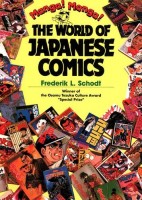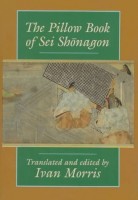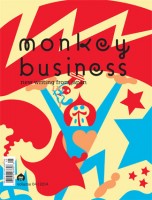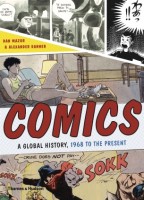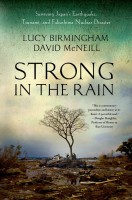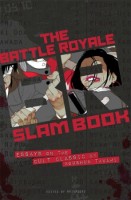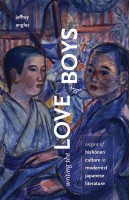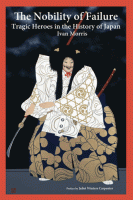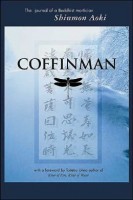 Author: Richard Reeves
Author: Richard Reeves
Publisher: Henry Holt and Company
ISBN: 9780805094084
Released: April 2015
I was never taught as a part of my school curriculum about the incarceration of more than 120,000 Japanese and Japanese Americans on United States soil during World War II. I found out about it quite by accident while visiting an American history museum. I was astounded and continue to be astounded that so many U.S. citizens never learn about that particular part of the war, which is why I believe books like Richard Reeves’ Infamy: The Shocking Story of the Japanese American Internment in World War II are so important. Reeves is an award-winning journalist and best-selling author of more than a dozen long-form works on American politics and history. Infamy, published by Henry Holt and Company in 2015, is a book that he had wanted to write for years. I was very happy to have the opportunity to read an advance copy of the work.
In Infamy, Reeves explores the history of Japanese residents of the United States and Japanese American citizens during World War II. While a large focus of the book is on their evacuation from the West Coast and their internment within concentration camps, the work also devotes some time to the efforts made by the U.S. government to relocate and detain people of Japanese descent living in Latin America (which before reading Infamy I had not known about), as well as to the service of Japanese Americans in the military as translators, support personnel, and combatants. The narrative of Infamy is largely chronological, beginning with Japan’s attack on Pearl Harbor in December 1941 and the signing of Executive Order 9066 soon after in February 1942, which allowed for the establishment of the camps, and ending with V-J Day in August 1945, going on to examine some of the immediate and lasting impacts the internment had on individuals and on the country as a whole.
In writing Infamy, Reeves relies heavily on existing interviews, newspaper articles, and first-hand accounts as well as on official government and court documentation. Infamy is only one among hundreds of works about the Japanese American internment; its extensive notes and bibliography will aid in guiding readers who are interested in learning more to other sources. Stylistically, Infamy is intended for a broad, general audience. It’s approachable, engaging, and easy to read, requiring very little previous knowledge of the subject matter. However, readers looking for an academic or impartial approach will likely be disappointed—Reeves has very strong feelings about the people and events surrounding the internment. While Infamy is factual, Reeve’s personal opinions on the matter are readily clear in his writing; he is outraged and it shows. Initially I had worried the work would be sensationalistic—the subtitle isn’t just “the story of” but “the shocking story of”—but it’s more that Reeves is simply emphatic.
Many factors led to the Japanese American internment during World War II, but the two most prominent to be addressed in Infamy are racism—something that the United States continues to struggle with—and the additional fear and hysteria cause by the war itself. While some German and Italian American citizens and resident aliens were detained, those of Japanese descent were the only ones to be imprisoned or forced to relocate en masse and nearly all of them were innocent of any wrong-doing. In addition to racial tensions, generational conflict was also a significant component that complicated the mass imprisonment. The different generations of Japanese Americans experienced the war and the camps differently, but they were all betrayed by the country in which they lived. Reeves makes a point to address those differences in Infamy in addition to other aspects of the internment. Overall, Infamy is both a readable and informative examination of a part of American history that shouldn’t be forgotten but that is often overlooked.
Thank you to Henry Holt for providing a copy of Infamy for review.

